Monster Hunter Rise released just last week, and serves as the direct successor to the very impressive Monster Hunter World that launched three years ago. Rise is made up of the same, core bones of gameplay that series fans will be very familiar with, but both games feel like different experiences as well.
We’re going to attempt to discuss both games in a few different categories and ultimately decide which is the better Monster Hunter game.
Story and Setting
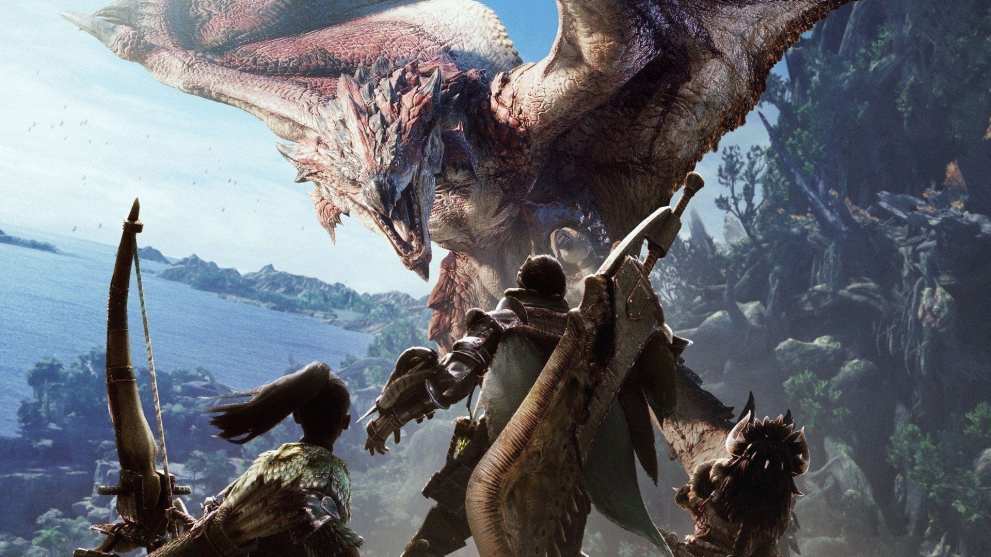
Monster Hunter World features a slightly more classic fantasy setting and starts with your player character joining an established hunter organization to explore a new world. It’s a very exciting concept as you’re literally wandering into uncharted territory, discovering new monsters, and eliminating dangerous threats as they come along.
The hub of World is also incredibly detailed and everything about that place just feels alive and bustling. There are merchants everywhere, researchers working on various studies, and hunters going about their business, all in this one centralized area that can even feel overwhelming at first.
Monster Hunter Rise, on the other hand, features a hub that’s much smaller and more compact. It’s set in the quaint little Kamura Village, where everyone is close and basically like family.
Unlike in World, where you’re trying to explore new lands, Monster Hunter Rise’s vibe is more suited for players looking for a community that feels more tight-knit.
In this game, you’re looking to protect your village from outside threats. The setting is more oriental as well, as the village clearly takes cues from Asian cultures, as opposed to World, which feels a bit more western.
Winner: Tie. This is entirely subjective and while I personally prefer the community vibes of Monster Hunter Rise, both games feature very well-realized settings.
Gameplay
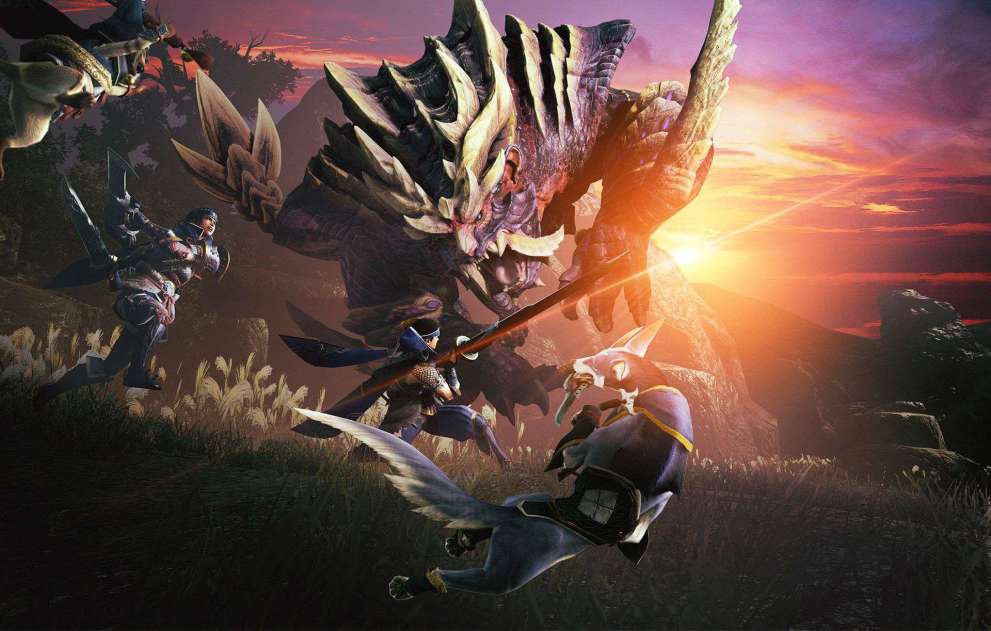
Monster Hunter World is very much what you’d expect from your typical MonHun game. The weapons all feel unwieldy at first, you have to prepare well before going on a hunt, and you need to go on expeditions to learn the lay of the land when you unlock a new zone so that you have an easier time tracking a foe.
Actually learning more about a monster is also a very involved process, as you have to examine tracks and markings to earn points, which will offer you more info about a monster on top of hunting them.
If you enjoy that kind of slow learning process, then yes, Monster Hunter World is a lot more immersive in that way.
However, Rise adopts a much more streamlined approach. Detailed monster info is unlocked in your notes once you’ve beaten it for the first time, and you get all the information you need about drops, drop rates, and whether you have a better chance of getting the parts you need via capturing or killing. This game just wants to get you started ASAP, and it trims down a lot of the fat where tracking is concerned.
Gameplay-wise, both are almost identical, except for the big inclusion of wirebugs in Rise. The one shortfall of World was that the gameplay could start to feel very samey after you’ve spend enough time in the game. You can keep things fresh by switching up your weapons every now and then, but then again, you can do that in every Monster Hunter game.
Rise makes the player character feel a lot quicker and more dynamic in terms of movement by making use of the wirebug. You can wallrun for a short period of time, and recover quickly in midair even after a monster knocks you back.
Mounting a monster also feels less tedious, as the new wyvern riding feature lets you make use of the wirebug to weaken a monster a little, making them susceptible to mounting.
Winner: Monster Hunter Rise. There’s no doubt about it. The wirebug is a huge game-changer and just makes this game that much more fun to actually play. I also prefer how streamlined this game feels, as it’s cut out most of the tedium that could start to grate on your in World.
The Zones
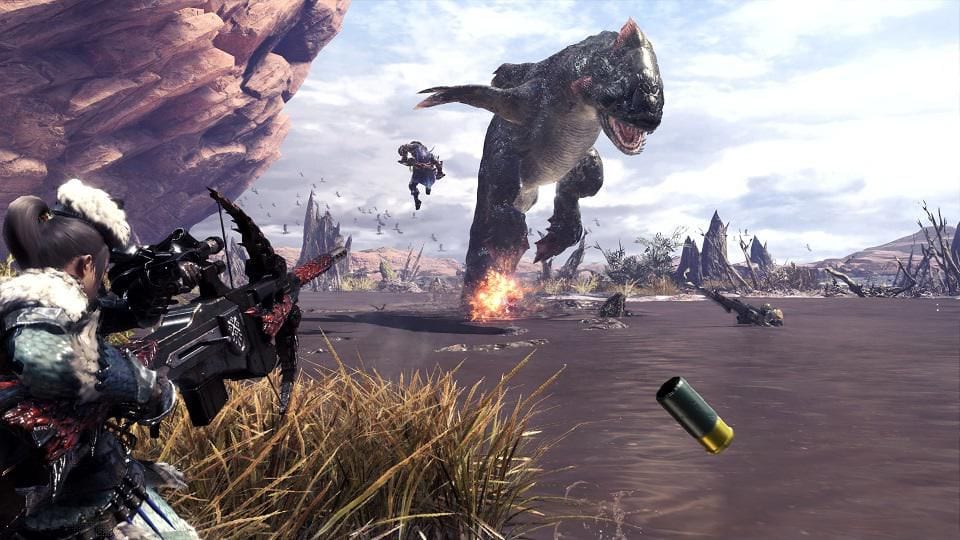
Both Monster Hunter World and Monster Hunter Rise feature very impressive zones. World was the first game in the series to really step things up a notch, though, as the levels were huge and sprawling, with so much to see and do in every corner.
The map would be absolutely littered with things to collect, and the way the monsters moved around just felt so natural and made the level feel like a living, breathing habitat for these majestic creatures. The ecosystem of World was so mind-blowingly impressive that it’s hard to imagine anything topping that.
On the flip side, Monster Hunter Rise goes for a completely different vibe. Built for the Nintendo Switch, it’s inevitable that Rise’s zones would be a lot smaller and less detailed than the ones in World. There’s still quite a bit of verticality as you can get up to some high points with the wirebug, but the levels certainly don’t hold a candle to the ones in World.
One thing I will say, however, is that Rise’s compact levels, coupled with how fast you can get around with your Palamute and wirebugs, makes it a lot more fun to move around and complete your hunts quickly.
It feels like there’s no wasted time or movement in Rise, which is a feeling I often got in World. You’d take a bad tumble somewhere and fall all the way to the bottom of the level, then have to slowly make the trek back up to your prey. That can be infuriating after a few hours.
Winner: Monster Hunter World. While I personally prefer the compact nature of Rise’s zones, there’s just no denying that World’s levels are just in another league completely with how immersive and alive they feel.
Accessibility for Newcomers
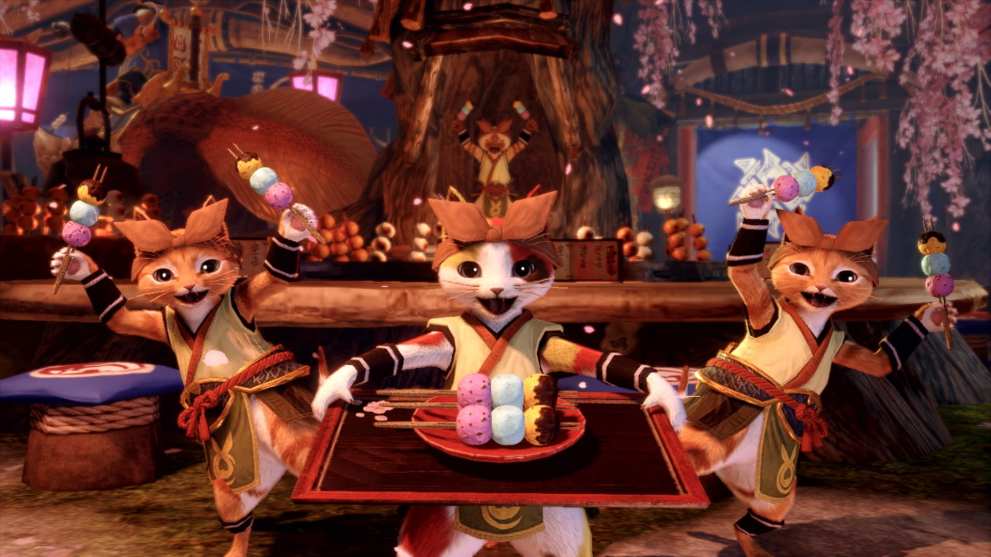
Both games have been praised for being streamlined and for being some of the easiest entries in the series for newcomers to jump into. World starts off with a very grand introduction, followed by a series of pretty easy tutorial quests to ease you into the flow of the game.
Rise also does something similar; the game starts with easy tutorial quests to get you acquainted with some new mechanics, and then off you go on your first handful of 1-star quests.
That being said, Monster Hunter Rise also goes a step further by separating the single-player and multiplayer quests. Village quests are exclusively single-player, and these will help to progress the story. Hub quests can be tackled solo or in multiplayer, and your Hunter Ranks for both categories are kept separate.
The thing is, Village quests are way easier than Hub quests, the latter of which provides series fans the usual amount of challenge that they’d be used to.
By scaling down the difficulty in Village quests, players are able to grow more confident with hunting monsters on their own, and this gives them sufficient knowledge and preparation for when they decide to join multiplayer hunting parties to tackle the big boys.
I like this system, especially since if you do choose to focus on Village quests, you’ll eventually unlock special license quests to unlock higher rank Hub quests anyway. This means you don’t have to grind out both sets of quests separately just to get your HR up for multiplayer.
Winner: Monster Hunter Rise. The focus on single-player content is important as it really forces players to learn the ins and outs of the game before hopping into multiplayer, where you’re expected to know a few things already.
Winner: Monster Hunter Rise
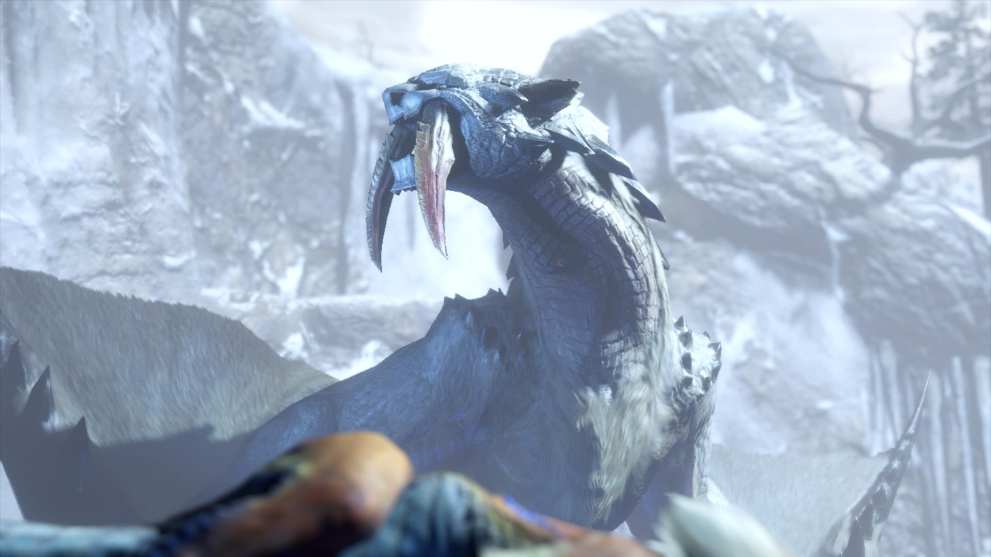
It’s tough to say that one game is definitively better than the other because they do certain things so differently. World was completely focused on level design and dynamic monster behavior, while Rise feels much more video gamey in comparison, where you’re not so much hunting a living, breathing creature as you are just following icons on a smaller map to collect crafting materials.
However, Monster Hunter Rise just feels like a much more focused experience overall and the new gameplay additions make it a lot more enjoyable to play as well.
But what do you think? Do you feel that Monster Hunter World is a better package overall? Let us know in the comments down below.
